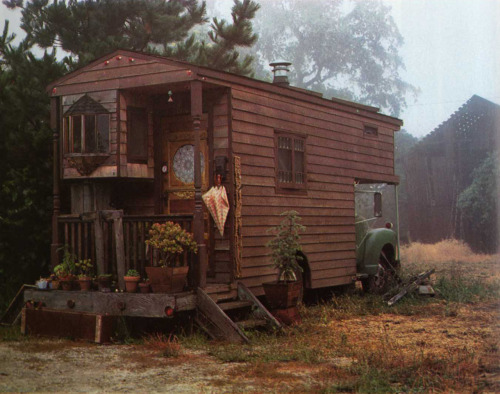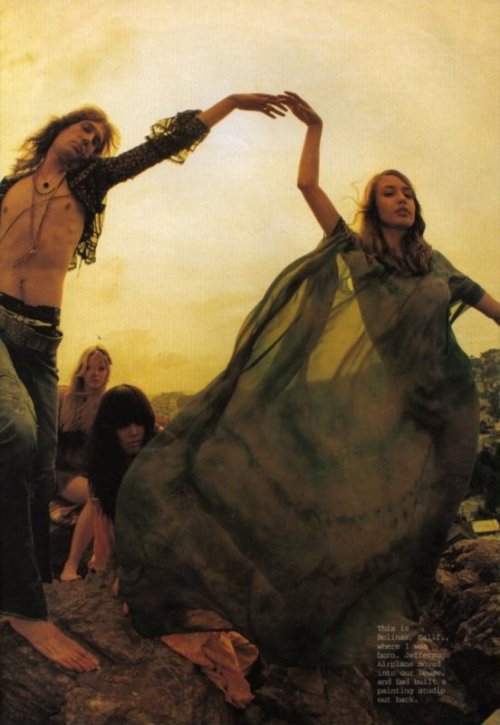I recently discovered something called "
gypset" – gypsy + jet set. Now, at first you might think it sounds like a good idea, but muse on the original meaning of gypsy for a second before you decide. Gypsy:
one inclined to a nomadic, unconventional way of life. Meaning one who travels for a living, never settling down in a specific place. Gypsies traditionally have very little money, which Gypset cannot identify with. The Gypset hop on planes that take them to exotic locales and dress in expensive bohemian clothing. It's almost as if the Gypset culture is making a mockery of gypsy and hippie/bohemian culture. It reminds me of things like "boho chic," and more recently, the hipster look. Hipsters who wear $50 American Appearel t-shirts, yet appear homeless and unwashed, are in the same league as these faux gypsies and hippies
*.
 chanel resort 2010
chanel resort 2010
Unlike hippies, gypsies always liked the feel of luxury, opting for rich fabrics and vibrant colors. However, gypsies made most of their own clothing, not having boutiques in the 14th century. They were enslaved and persecuted in Europe up until the end of WWII, so they obviously couldn't buy the fabric they desired, which is why they are often referred to as thieves and also why they put on travelling shows. The Gypsy people (or Romani) today dress more simply than their ancestors, wearing plain day-to-day clothing unless celebrating a special occasion. The Gypsy we look upon for inspiration is really the hippie reinvention of the renaissance period Romani – the freespirited, caravan pilgrimaging nomads.


Hippies, of course, took cues from Buddha and Ghandi, as well as other peaceful leaders, and revered the earth almost to the point of worship. They followed the "hippie trail," just as the Romani did centuries before, spreading themselves throughout Europe, the Middle East, and Asia. They copied the Slavic-gypsy style of dress and even practiced some of the Romani's rituals. Just like the gypsies, the majority of hippies were lacking in finances. Even today, the few authentic hippies we have left are not rich in the slightest. They grow their own food, make do on meager wages, sew their own clothing (or buy pre-worn), and practice the same nonconformist mentality as their predecessors. I'm not condeming looking to high-fashion for inspiration, because those designers/stylists/photographers were influenced by the original source (and I am certainly inspired by it often enough), but if you're wearing a $500 boho-esque dress and flying a private jet to a posh hotal in Morocco, please do not call yourself a hippie or a gypsy.

Stevie Nicks 



*Expect a post on that in the near future.
 chanel resort 2010
chanel resort 2010








this is a great look- especially the chanel!! xx
ReplyDelete